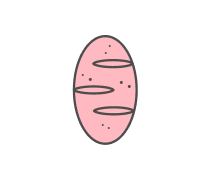Cellular Energy Production: Mechanisms of ATP Synthesis
- NGSS
- AP Bio
2.
We’ll put your name on your report, certificate, and leaderboard.










 Back to top
Back to top






